Understanding DEXs (Decentralized Exchanges): The ONLY Guide you Need
Under DeFi, DEXs (Decentralized Exchanges) are an important pillar of DeFi. In this article, we will guide you to understand what DEXs are.

One characteristic of cryptocurrencies that makes them powerful is the absence of centralization. Cryptocurrencies can flow without intermediaries authorizing their movement from one user to another. In the field of finance, this shift of power from the few to the many is known as DeFi (Decentralized Finance). DEXs (Decentralized Exchanges) are an important pillar of DeFi, and in this article, we will guide you to understand what DEXs are.
What are DEXs?
In simple terms, decentralized exchanges are platforms built on top of cryptocurrency networks that cryptocurrency traders use to facilitate the exchange of their crypto tokens or other synthetic assets in a peer-to-peer format without the need for a middleman. It is peer-to-peer because transactions occur directly only between cryptocurrency merchants — who are either buying or selling assets from one wallet to another with the sole aim of disintermediation.
DEXs take security and privacy into high consideration. With private keys (an advanced encryption method), users take full responsibility and control of their wallets. When a person logs into a DEX through a crypto wallet, they can access their account balances and make trades without filling in simple KYC (Know Your Customer) details like names or addresses, thus permitting traders privacy.

It is also important to understand that in contrast to DEXs, there are things known as CEXs (Centralized Exchanges). Interestingly, CEXs also offer cryptocurrency trading. The obvious difference between the two is that traders relinquish custody of their assets to intermediaries, such as banks and governments, which oversee and regulate their clients' trading activities and transactions. Despite this, CEXs currently account for most cryptocurrency trading volume because they are easy to use and because entities regulate them.
How do DEXs work?
DEXs operate through automatic instructions carried out by written codes called smart contracts that host them on various blockchain networks. As stated in our previous article on DEXs, “unlike with CEXs, ownership is immediate; once a trade has been finalized, your new tokens are instantly available in your own wallet." Simply put, DEXs are facilitators, connecting two different parties who want to exchange token A for token B.”
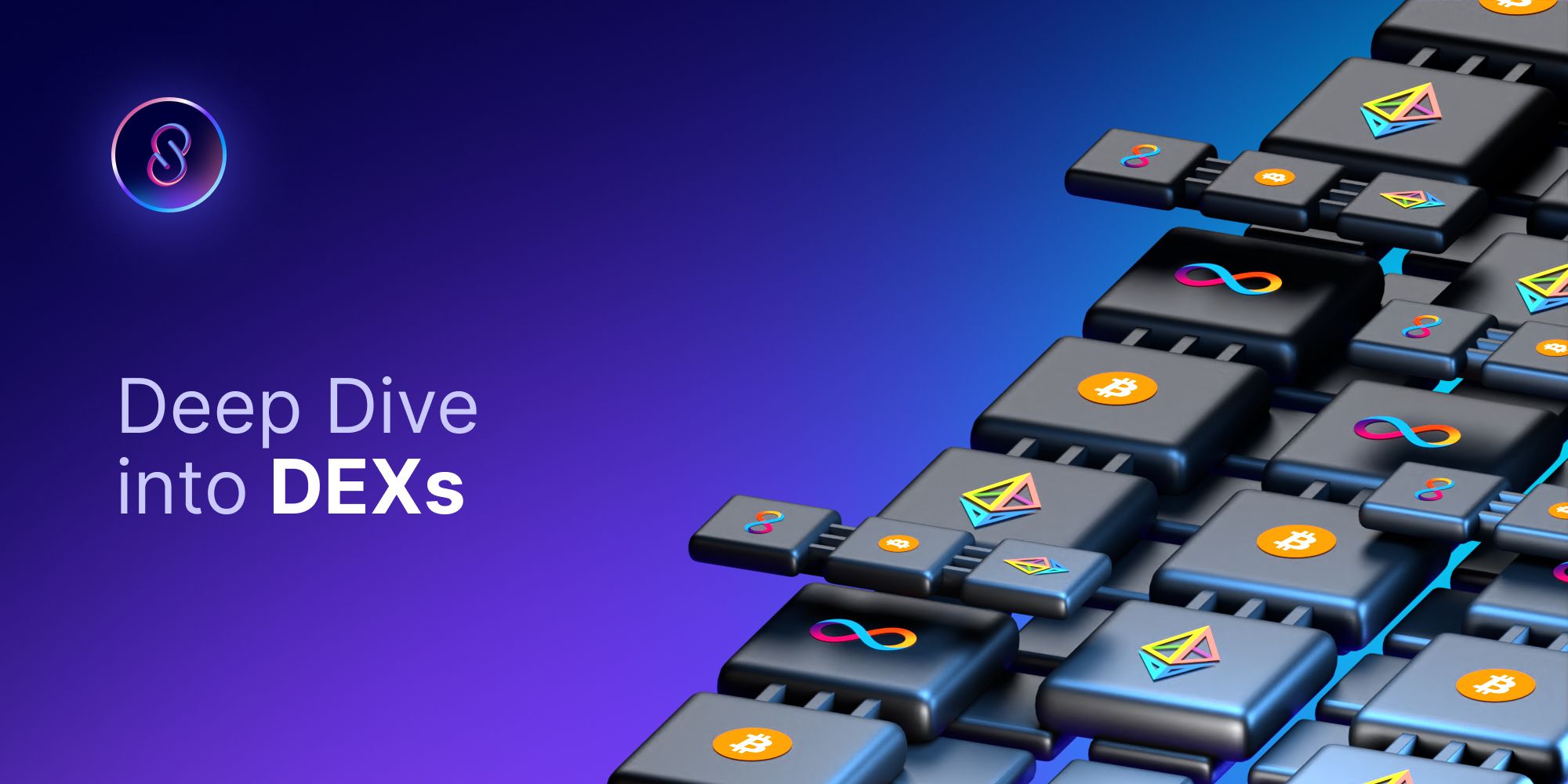
When trading DEXs, these “smart contracts” set the prices of various cryptocurrencies against each other algorithmically and use liquidity pools.
What are Liquidity Pools?
Liquidity Pools are like reservoirs, but in this case, they are reserves of crypto assets that investors (referred to as liquidity providers) deposit into for the purpose of garnering “trading fees.” When transactions are made on the blockchain through DEXs, each transaction incurs a “trading fee” that is reserved in liquidity pools for liquidity providers, which they share collectively. These liquidity pools are an important backbone in ensuring the smooth exchange of trades due to slippage (more on this later).
Read this article below to learn more about Liquidity Pools in DeFi:
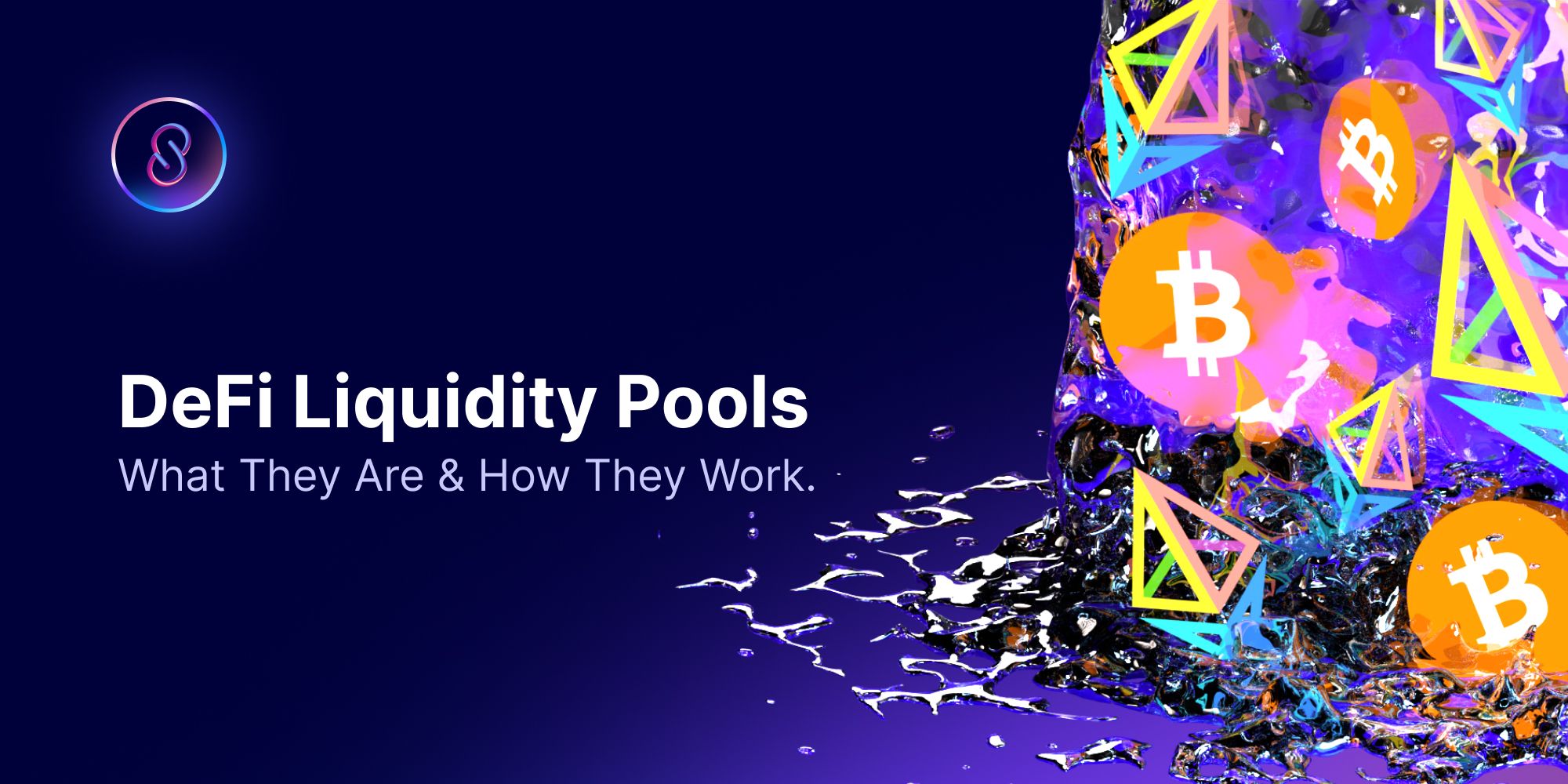
In addition to understanding DEXs, we also need to know the types of DEXs.
There are two main types of DEXs: Automated Market Makers (AMMs) and Order Book-based DEXs. Other types, like Hybrid Platforms and DEX Aggregators, aggregate liquidity from different DEXs for their users.
Automated Market Makers (AMMs)
AMMs use automation pricing algorithms hardcoded into smart contracts to match buyers and sellers with an already pre-funded pool of assets. This approach was developed to make asset prices automatic based on the number of assets (slippage) deposited in a pool. These pools are made from written codes.
The beauty of AMMs is that they function independently without relying on any intermediary. They help traders to execute trades automatically based on what is reserved for trades in the liquidity pools. In fact, here at InfinitySwap, we offer the necessary Automated Market Making solutions for developers who require services for themselves or their projects with the InfinitySwap AMM.
InfinitySwap’s AMM
InfinitySwap is working hard to be the focal point for everything DeFi on the Internet Computer blockchain and the entire crypto ecosystem. Any moment from now, the InfinitySwap AMM will be live, and it will slowly evolve to become the next iteration of DeFi. What sets it apart from the rest are its various capabilities to interoperably exchange assets from one blockchain network to another utilizing chain key cryptography without using hackable and unstable bridges, custom economic creations, and its innovative bootstrap techniques.
It is expected that InfinitySwap will become the next iteration of DeFi with the groundbreaking features it brings to the market, not forgetting its original purpose of empowering anyone to create, stake or swap by using our services.
To learn why you should get excited about our AMM and it's increased functionality over time, read our article below on “Why InfinitySwap's AMM Will be Better than the Rest.”
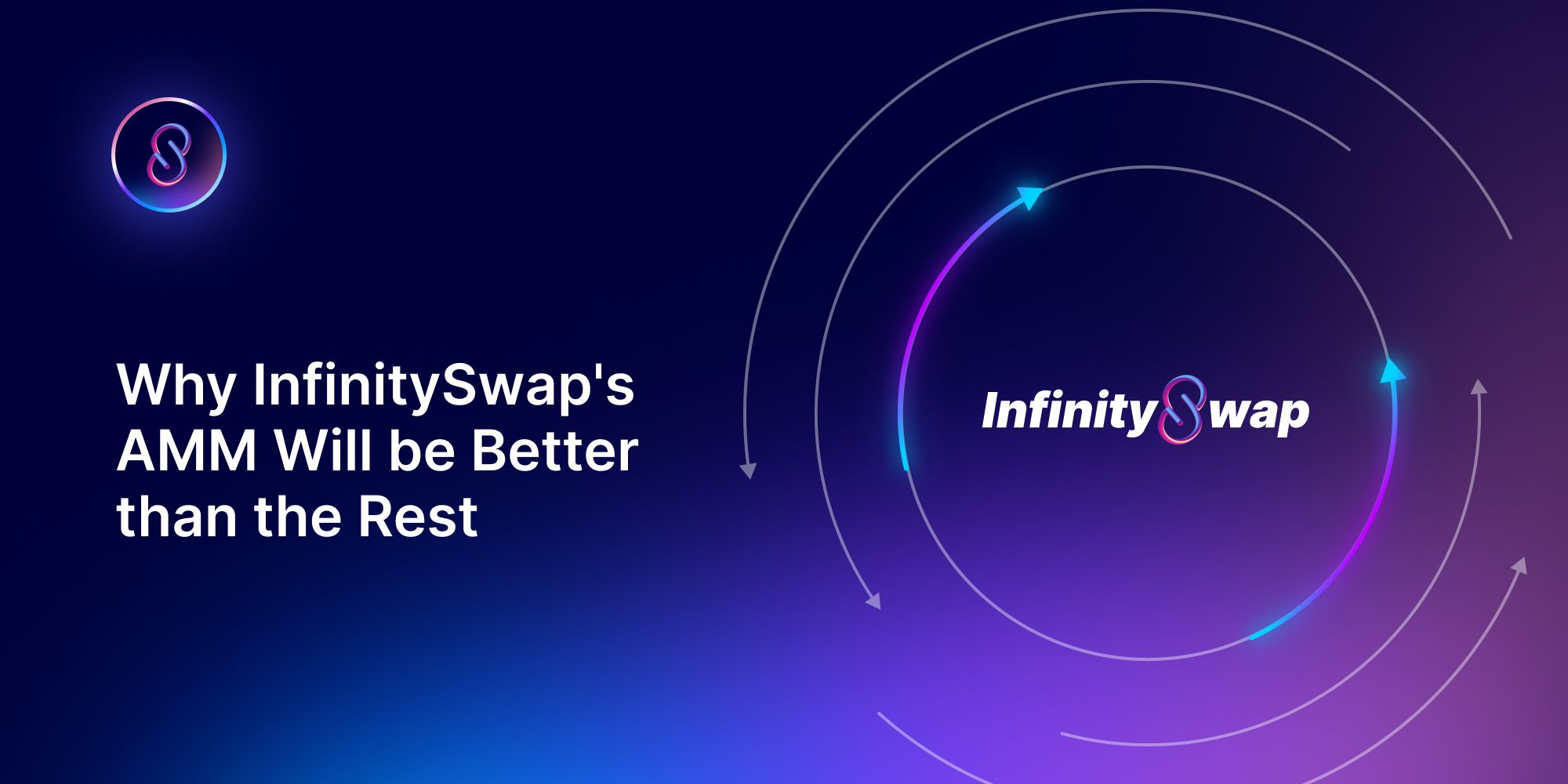
How to use InfinitySwap’s AMM
With a clear knowledge of the advantages of InfinitySwap’s AMM over others, understanding how to use it is also essential for investors. Similar to already built AMM models like UniSwap on the Ethereum network and PancakeSwap on the Binance Smart Chain network, InfinitySwap’s AMM usage model will be similar to existing ones.
The motive of InfinitySwap’s AMM is not to serve as the innovation hub for all DEX models.
However, there are challenges in trading DEXs, which should be balanced with innovative techniques on InfinitySwap to help the smooth flow of exchange. Some of these challenges on DEX's are slippage and impermanent losses.
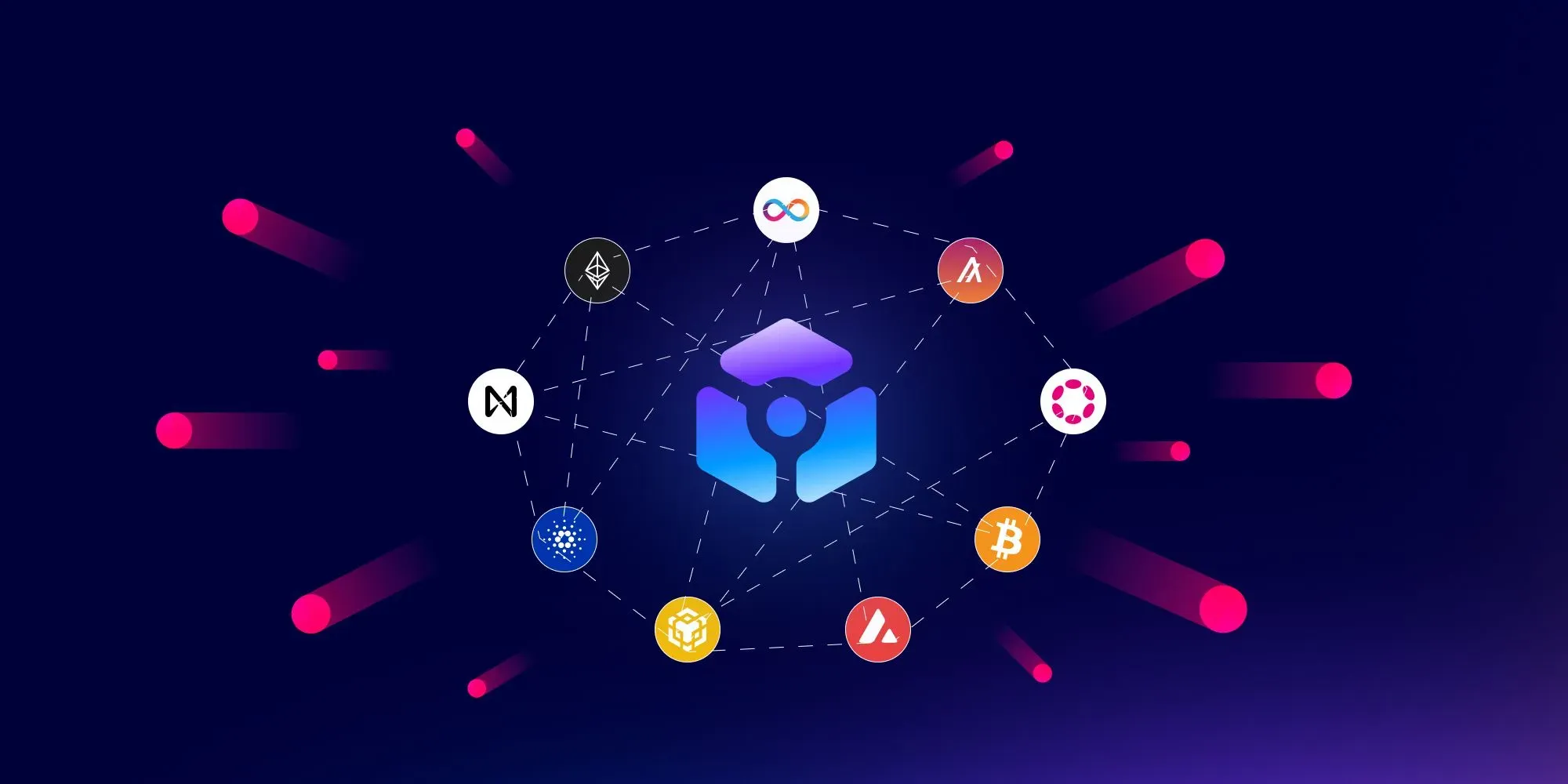
What are Slippages?
Slippages occur due to a lack of liquidity in the pools designated for the exchange. For example, a buyer pays above market prices on their orders.
A slippage is explained as
“...the difference between the expected price of an order and the actual price of the asset when the order executes. Low liquidity in a liquidity pool can mean increased slippage, which is why it's crucial to have a grasp on slippage tolerance (what percentage of price difference one is willing to accept) while trading. Large orders must also factor in the increased slippage they may have to tolerate, as any significant impact on a liquidity pool means an impact on token price.”
What are Impermanent Losses?
Impermanent losses result from pairing a more volatile cryptocurrency with a less volatile one in a liquidity pool. Due to this, trades on the exchange reduce the amount of an asset in the liquidity pool. If the price of the highly volatile asset rises while the amount held by the liquidity providers falls, the liquidity providers suffer an impermanent loss. The loss is impermanent because the asset price can still rise, and transactions on the exchange can balance the pair’s ratio. The pair’s ratio describes the proportion of each asset that is held in the liquidity pool. Also, the fees collected from trading can compensate for the loss over time.
Impermanent losses are not considered as crucial as slippages because immediately after the trades are completed and confirmed, the losses incurred due to illiquidity in the pools will have to be borne by the trader that way.
DEXs have their positive sides and also their risks. You just need to do your own research before taking any trade to be able to manage calculated risks.
The Future of DEXs
DEXs continue to evolve. Their foolproof anonymity puts them a step ahead of CEX's, as the focus of cryptocurrencies has always been on privacy from the beginning. With newer iterations, innovative models are sure to be expected. InfinitySwap’s AMM is one of them and aims to be the biggest in this space.
Some decentralized exchanges now allow users to borrow funds to leverage their positions and lend funds to passively earn interest, which is completely different from the concept of liquidity pools.
The ability for small economies to easily create tokenization services for their projects is becoming popular in newer DEXs now, such as InfinitySwap’s.
Since DEXs are built on self-executing smart contracts from written code, their functions can be modified in an unlimited way as time goes by. More use cases may be created in the future. For example, “flash loans,” which refer to loans taken out and repaid in a single transaction, exemplify how innovation in the decentralized finance space can create products and services that were previously impossible. With the increased use of DEXs, innovation will never end.
Here at InfinitySwap, we are committed to educating and being a helpful resource in this crypto evolution. Our blog strives to keep market participants informed and prepared for the future. Do not forget to stay current by subscribing to our newsletter and following us on our social channels!
Connect with InfinitySwap
Twitter | Website | Telegram | Discord | Github

*Disclaimer: While every effort is made on this website to provide accurate information, any opinions expressed or information disseminated do not necessarily reflect the views of InfinitySwap itself.



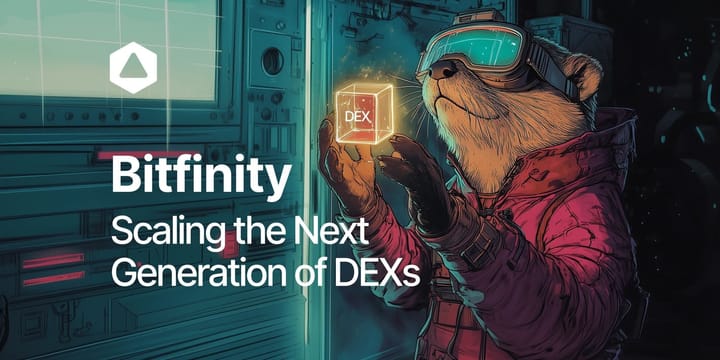


Comments ()